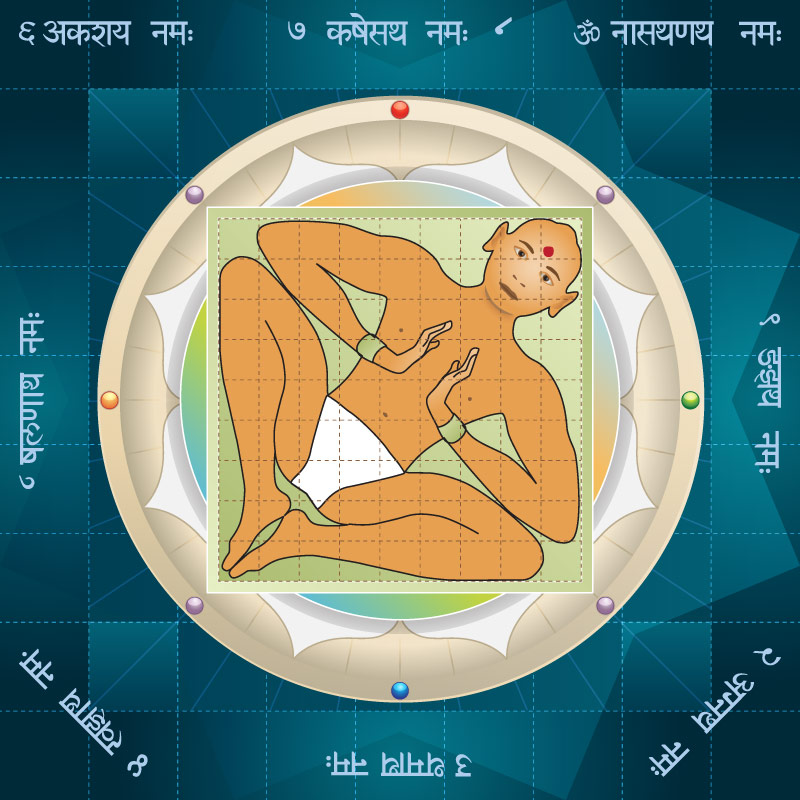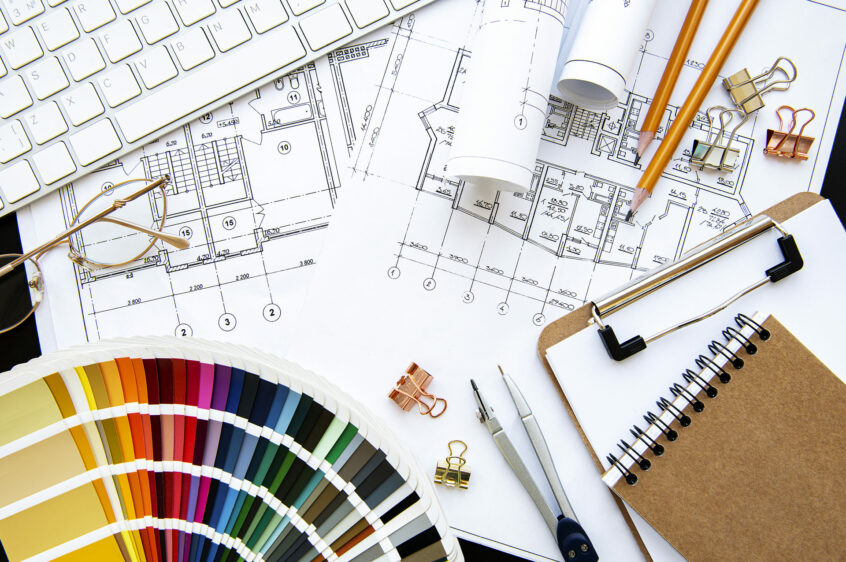By Allyson Tyler
Yoga as a physical practice is one of the most common and well-known ancient philosophies in the world. The advent of social media has skyrocketed the popularity of doing the most advanced postures in the most creative places to get the most likes. This has created preconceived notions about what yoga actually is and has made it feel inaccessible for many. Outside of the trendiest yoga pants and hottest, fastest power vinyasas, there’s an entire realm that delves into practices that have almost zero to do with actual physical movement but everything to explore the energetic. One type of practice is the idea of designing, building, and decorating your living or work space to create the most nourishing environment to support you in your day-to-day life. As with many ancient Eastern ideas, this along with yoga, Buddhism, and Hinduism stemmed from the Vedas and over the years has found many different ways of expression. Two systems that explore working with our space are Feng Shui and Vastu Sastra.

5000 years ago when the Vedas were conceptualized, Vastu Sastra, Sanskrit for science of dwelling, began in India as an art of spatial geometry. It stemmed from Hindu and Buddhist beliefs, and by using directional alignments, geometric patterns, astrological study, and special ground preparation, you could build the most harmonious and comfortable places to live and worship. It was most commonly found in mandirs, or the Hindu Temples, but later began to encompass design and layout for homes, cities, roads, gardens, public utilities, and other shared common areas. Similar schools of Feng Shui founded in China include Landform, which focuses on the land, climate, and surrounding shapes, and Compass, which considers the direction of the front door and the occupants’ birth date and time. Even though these systems were in different places, they both aimed to use balance peace, prosperity, and success for the inhabitants. These schools also have many of the same ideas for interior decorating such as keeping the toilet seat and lid down and the bathroom door closed, decluttering and deep-cleaning your space, having happy family pictures within your shared living areas, and using color and texture to create your most ideal environment. However, frustration can arise with these practices when you are working within a pre-existing structure.
Much of Vastu Sastra begins when drawings are being rendered of the building to come. There are certain rules such as the front door having to be made of wood and facing NE, N, E, S of SE, or W of NW; home temple spaces are to be kept in the E or NE and no bathroom near it; your toilet seat is most auspicious placed on the S or W wall. Similar concepts are found in both Compass and Landform Feng Shui. These rules are often difficult to apply in our pre-existing homes in our very Western, modern world. There are some things to consider and apply that have nothing to do with the particular structure of your home but could be cumbersome just the same: placing an aquarium in the NE corner of your living room; keep telephones in the SE or NW portions of your home; and place drinking water in the NE. Personally, I find Vastu Sastra and even Compass and Landform Feng Shui schools confusing. As a person that likes to study and apply knowledge, I appreciate those courageous enough to branch out and create ways to make these ancient practices accessible in our modern lives.
Black Hat Sect Tantric Buddhism, or BTB, was developed in the mid-1980s by His Holiness Professor Lin Yun. There is a great influence of Indian Buddhism that stemmed from the Vedas. Practitioners traveled from India through Tibet and onto China, bringing with them organized religion, yoga, chants, compassion and Dharma teachings, picking up the chants and charms of Bon, and then immersing themselves in the I-Ching, Confucianism, the Tao, folkloric religions and customs, and faith healing led to the creation of traditional Feng Shui. Landform and Compass together form the Classical school and is the most widely practiced worldwide. As with any modernized take on an old practice, BTB is not seen as legitimate or as auspicious as the more traditional schools. Instead of depending on direction or star alignment, each space, whether a whole home or just a room, is judged according to it’s main entrance and the bagua, or energetic map, that is over-laid on a hand drawn rendition of the particular space to work with. Inside the Bagua are nine separate spaces that address family, wealth, health, helpful people and travel, children and creativity, knowledge and spirituality, fame, career, and relationships. From there, one uses personal intuition to guide them through each space to determine the types of adjustments that may be needed to help bring about transformation. There are correlations that can be seen, heard, and felt within the actual physical living space and the types of challenges the inhabitant might be experiencing and thus bringing together the concept of mind, body, soul, space connection. For example, if someone is looking to make a career change because they’re unhappy at their current job, they might be experiencing kidney issues and there may be some adjustments needed in that particular corresponding section of their home. Adjustments generally begin with decluttering and deep cleaning followed by potential painting, furniture placement, and decoration as well as affirmations or personal routines, rituals, or exercises. Other things that are considered are the representation of the five elements within your space, the concepts of yin and yang, symbolism of items within the space or space shape itself, and the commanding position of your bed, your stove, and your desk.
The use of our personal energy to feel into and determine the energy of our home creates a more holistic and accessible approach to ways we can create a more enjoyable and rejuvenating place to dwell. This becomes incredibly similar to a home practice in yoga as we use our internal knowing to explore and feel into sensations in our bodies when we are on our mats. While it is important to honor the roots of where these ancient practices have come from, there would be no progress nor development if humans gave in to the inevitable resistance toward change. As our modern lives continue on, we can absolutely incorporate the original ideas AND the newer concepts to create ways of living that benefit individuals and the collective alike.

